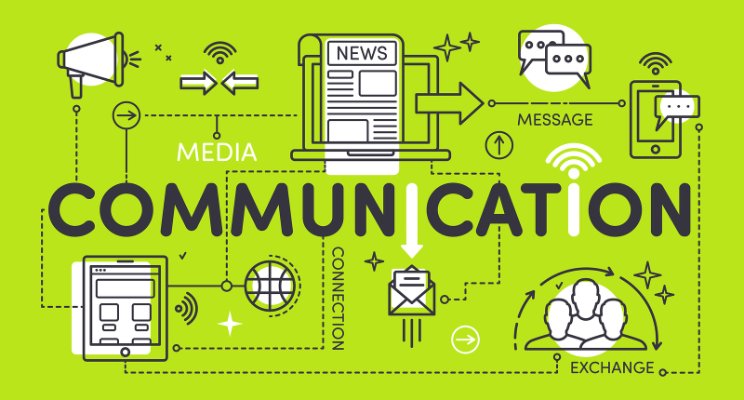Effective communication is the lifeblood of any relationship, whether it’s between individuals, informal groups, within companies, between leaders and the people they govern, and, of course, between companies and their customers. We’ve all seen what can go wrong when communication breaks down – anything from divorce to declarations of war; but in a business context, what does it mean?
The short answer is, good communication between companies and customers means growth, while bad communication means loss of business. The difference between good and bad communication, however, is a little more complex than that – in fact, it comes down to complexity, and how to reduce it.
See, what often happens, especially in an age where we have a multitude of different communication methods available to us, is that we tend to overcomplicate our customers’ experience by trying to do too much. Email marketing is good? Ok, let’s create hundreds of different emails for that purpose, one to suit every type of customer we have. And while we’re at it, let’s create hundreds of social media posts to match with each of those emails. Oh, and we’d better make sure that we’re getting in touch through more traditional means, as well.
What ends up happening is, customers get mired in a swamp of mixed messaging, contradictory statements and overwhelming, confusing communications. At the same time, companies want to make sure they are reaching their customers, all of whom use different methods to communicate. Customers are yearning for greater simplicity, but how do we simplify our communications and, at the same time, our customers’ experiences?
1 – Understand your customer
Leverage Big Data for all it’s worth. Take all those hundreds of thousands of bits of data, and start getting to know who your customers are, what they want, and how they communicate. It can be very tempting to make customer comms all about you – what you do, what you offer, what you charge, etc – but by making the communications about the customer instead, you will narrow down what they want and need to know. Talk to them about what they want to discuss, not what you want to foist on them.
The simple truth is, yes, you can use that data to come up with more targeted advertising, more seemingly personalized marketing, and so on, but where you will stand out is when you use that data to create a positive customer experience instead. A single positive and simple customer interaction does more for your reputation and for encouraging repeat business than thousands of dollars worth of advertising ever could.
2 – Make it easy for your customer to contact you
There is nothing quite as frustrating for a customer as getting the run-around when trying to get information from a company. Being put on hold and transferred from person to person, being forced to send an email to request a quote when they’d rather just see the rates on your website, leaving a message on the website form and never getting a call back, or engaging on social media only to hear the quiet sound of electronic crickets chirping back at them.
Make it as easy and simple as possible for your customers to get the information, help and access to products or services as possible. Adopt an omnichannel approach, so that your customer gets a seamless, simplified experience, no matter how they get in touch, or shop.
3 – Be consistent
Regardless of how your customer chooses to contact you, or what marketing, messaging, or engagement they are exposed to, the message should always be consistent. Don’t say one thing on one channel and something different elsewhere. Certain questions should always have the same answer. And the trick to getting this right? Making sure all your employees, agents, managers – anyone who forms part of your company – knows what the message is. That means making sure your internal communications are consistent and, again, simplified.
As a global Customer Experience consultancy we recommend all organizations have a Customer Experience Statement. We encourage an adoption from the most senior levels through to the front facing employees. A CES will reflect a concern for what drives most value for the organization and gives a clear articulation of what the organization values so that your people can use these values to determine their actions with a customer, whatever position they hold.
When you keep things straightforward and simple in-house, that will carry through into your external communication as well. That means investing in good training for your staff, making sure they are always in the loop, and continuously encouraging them to engage and create a positive CX, all through the power of keeping it simple, clear and consistent.
Have you worked hard on your communications? Do you have a consistent, effective approach throughout your organization?
If you enjoyed this article you will also enjoy:
Exciting New Rend: Customers Do Listen To You!
New Research Reveals Lack Of Customer Understanding
Revealed: 7 Essential Elements For Your Omnichannel Strategy
Colin Shaw is the founder and CEO of Beyond Philosophy, one of the world’s leading Customer experience consultancy & training organizations. Colin is an international author of six bestselling books and an engaging keynote speaker.
Follow Colin Shaw on Twitter @ColinShaw_CX


